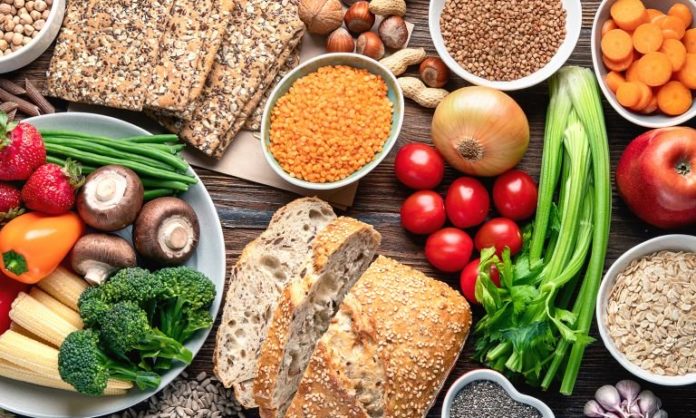By Economic Desk
Food markets will face many more months of uncertainty due to COVID-19, but the agri-food sector is likely to show more resilience to the pandemic crisis than other sectors, according to a new of Food and Agriculture Organization (FAO).
The Food Outlook report provides the first forecasts for production and market trends in 2020-2021 for the world’s most traded food commodities – cereals, oilcrops, meat, dairy, fish and sugar.
Global food markets still brace for uncertainty in 2020/21 because of #COVID19 – 🆕@FAO #FoodOutlook report.
Globally there is enough food for everyone but the decline in economic growth due to the pandemic has translated into an issue of access to food.https://t.co/TfM1fo23jw pic.twitter.com/dbmv8MGqix
— FAO Newsroom (@FAOnews) June 11, 2020
“The impacts of the COVID-19 pandemic have been felt – at varying degrees – across all food sectors assessed by FAO. Whilst COVID-19 has posed a serious threat to food security, overall, our analysis shows that from the global perspective, agricultural commodity markets are proving to be more resilient to the pandemic than many other sectors. That said, owing to the size of the challenge and the enormous uncertainties associated with it, the international community must remain vigilant and ready to react, if and when necessary,” said Boubaker Ben-Belhassen, Director of the FAO Trade and Markets Division.
Key trends and prospects for major food commodities in 2020/21
Cereals
In spite of uncertainties posed by the pandemic, FAO’s first forecasts for the 2020/21 season point to a comfortable cereal supply and demand situation. Early prospects suggest global cereal production in 2020 surpassing the previous year’s record by 2.6 percent.
World cereal trade in 2020/21 is projected to stand at 433 million tonnes, up 2.2 percent (9.4 million tonnes) from 2019/20, and setting a new record high, boosted by expected expansions in trade of all major cereals.
Meat
World total meat production is forecast to fall by 1.7 percent in 2020, due to animal diseases, COVID-19-related market disruptions, and the lingering effects of droughts.
International meat trade is likely to register a moderate growth – but considerably slower growth than in 2019 – largely sustained by high imports from China.
International meat prices have fallen by 8.6 percent from January 2020, with the sharpest drop in ovine meat, followed by poultry, pig and bovine meats due to the impacts of COVID-19-related measures, including ensuing logistical bottlenecks, steep decline in global import demand, and substantial volumes of unsold meat products.
Fish
The COVID-19 pandemic will continue to heavily affect seafood markets, particularly fresh products and popular restaurant species this year. On the supply side, fishing fleets are laying idle and aquaculture producers have drastically reduced stocking targets.
The pandemic is set to severely hit, in particular, global shrimp and salmon production. The shrimp farming season in Asia, which generally begins in April, is now delayed until June/July. In India, for example, farmed shrimp production is expected to fall by 30-40 percent.
Also, worldwide demand for both fresh and frozen shrimp is declining significantly, whilst demand for salmon is expected to drop by at least by 15 percent in 2020. Retail sales, in particular, of fresh salmon and trout have fallen greatly, and this will not recover for some time.
Sugar
World production of sugar in 2019-2020 is forecast to drop for the second consecutive year and fall below the estimated level of global consumption – for the first time in three years.
Trade in sugar is foreseen to expand, sustained by low prices and stock rebuilding in some traditional importing countries.
So far, the expectation of a global sugar production deficit for 2019/20 season has done little to support international sugar prices, which have been falling since mid-2017, and are below estimated production costs for the vast majority of world producers.
Milk
Notwithstanding market disruptions caused by the COVID-19 pandemic, world milk production is showing resilience, possibly growing by 0.8 percent in 2020. However, world dairy exports are expected to contract by 4 percent, amid faltering import demand.
Oil crops
Despite subdued demand prospects linked, amongst other things, to the pandemic, FAO’s latest 2019/20 forecasts for oilseeds and derived products point towards a tightening global supply-demand situation, triggered by a marked contraction in production.
Tentative forecasts for 2020/21 suggest that supplies could remain tight relative to demand.















